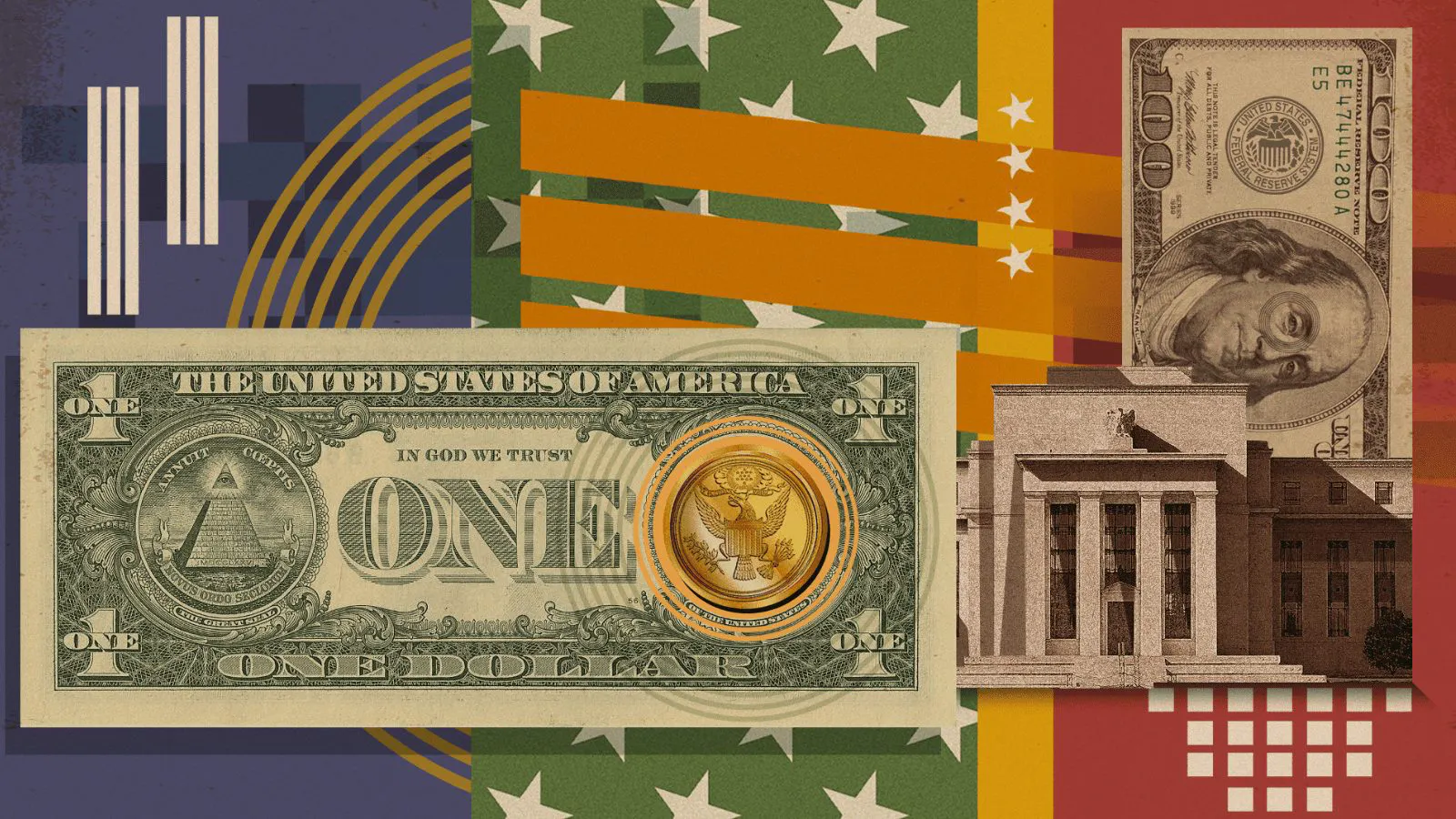Federal Reserve Cautions of “Imminent” Inflation Threat, Suggests Further Rate Hikes
In a recent statement, the Federal Reserve has underscored the pressing concern of “imminent” inflation risk and has indicated that additional rate hikes might be necessary to address this escalating economic challenge. This assertion has sent ripples across financial markets and ignited discussions among economists and policymakers about the potential implications for the broader economy.
The term “inflation” refers to the general increase in prices of goods and services over time. While a certain level of inflation is considered normal in a healthy economy, excessive and unchecked inflation can have severe consequences, eroding purchasing power and destabilizing financial markets. This is the critical juncture where the Federal Reserve finds itself, grappling with the complex task of balancing economic growth with the need to contain rising prices.
The Federal Reserve, often simply referred to as “the Fed,” is the central banking system of the United States. Among its primary responsibilities is the management of monetary policy, which includes influencing interest rates to achieve economic objectives. The Fed employs tools like the federal funds rate, the rate at which banks lend money to each other overnight, to regulate borrowing costs throughout the economy. By adjusting this rate, the Fed aims to either stimulate economic activity or curb inflation.

In recent years, the global economy has witnessed a series of unprecedented events, from the COVID-19 pandemic to supply chain disruptions, all of which have contributed to an intricate web of economic challenges. These events have, in turn, had a profound impact on inflation dynamics. As economies have reopened and demand has surged, supply chains have struggled to keep up, leading to shortages in essential materials and components. This mismatch between supply and demand has driven prices higher, resulting in the inflationary pressures that the Federal Reserve is now grappling with.
The Fed’s recent statement highlights the urgency of the situation. By labeling the inflation risk as “imminent,” the central bank has underscored the immediacy of the challenge at hand. This choice of language communicates the Fed’s heightened concern about the potential negative consequences of unchecked inflation and its commitment to taking proactive measures to address the issue.
One of the primary tools at the Fed’s disposal is the adjustment of interest rates. When inflation is on the rise, the central bank can choose to raise interest rates, making borrowing more expensive. This, in turn, can dampen consumer spending and investment, which can help alleviate demand-driven inflation. However, this approach is not without its complexities.
Raising interest rates can have a multi-faceted impact on the economy. On one hand, it can help curb inflation by reducing consumer spending and cooling down the economy. On the other hand, it can also slow down economic growth and potentially lead to higher unemployment, as businesses may become hesitant to invest and hire in a higher interest rate environment. This delicate balancing act requires the Fed to carefully consider the potential trade-offs between controlling inflation and supporting economic growth.
It’s important to note that the decision to raise interest rates is not taken lightly. The Federal Reserve closely monitors a wide range of economic indicators, from employment figures to consumer spending patterns, to assess the overall health of the economy. Inflation is just one piece of the puzzle. The central bank’s mandate extends beyond taming inflation; it also includes promoting maximum sustainable employment and ensuring stable financial markets.
The potential impact of further interest rate hikes extends beyond domestic borders. The U.S. dollar’s strength and stability have a far-reaching influence on global trade and finance. An increase in interest rates can lead to a stronger dollar, which, while curbing inflation at home, can also make U.S. exports more expensive and less competitive on the international stage. This, in turn, can have repercussions for countries that rely heavily on U.S. trade relationships.
Market participants are closely observing the Federal Reserve’s every move, looking for hints about the central bank’s future policy direction. As the Fed contemplates additional rate hikes, financial markets may experience increased volatility. Investors often react strongly to changes in interest rates, which can impact stock prices, bond yields, and currency exchange rates.

In conclusion, the Federal Reserve’s recent acknowledgment of the “imminent” inflation risk has sent a clear signal to the financial world about the urgency of the situation. As the central bank deliberates on the possibility of further interest rate hikes, the delicate balance between controlling inflation and supporting economic growth takes center stage. The complexity of this challenge lies in its interconnectedness with various economic factors, both domestically and internationally. The world watches closely as the Federal Reserve navigates these uncharted waters, aiming to steer the economy toward a stable and prosperous future.




